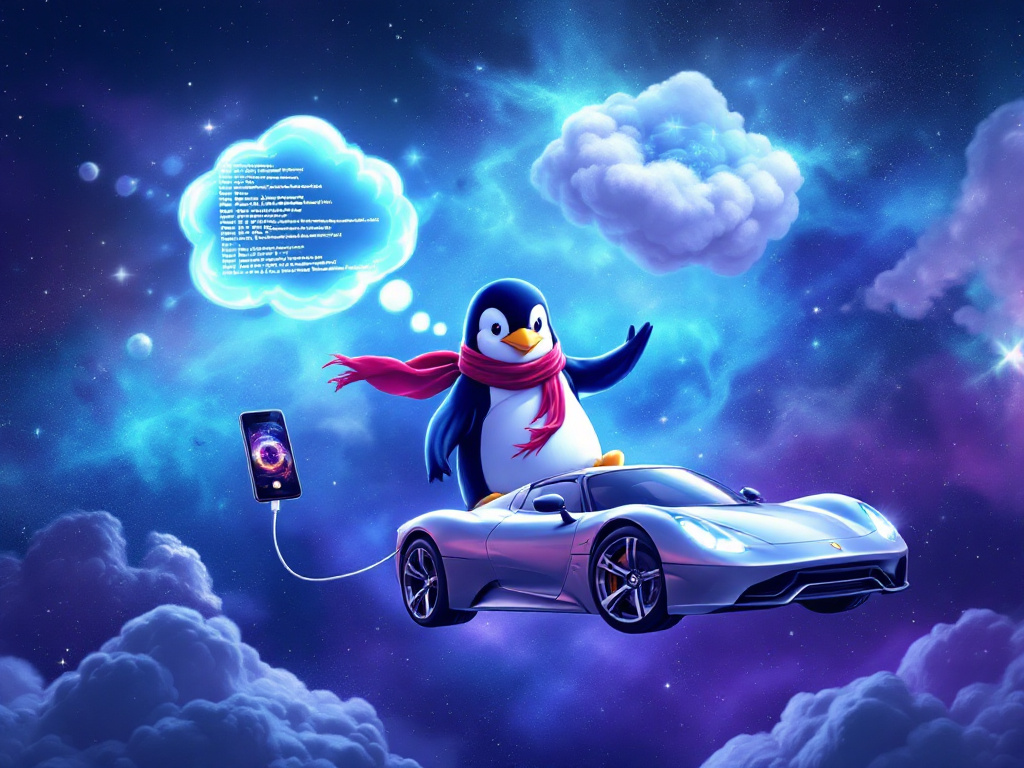When we think about Linux, many of us picture an operating system designed for developers or tech enthusiasts. However, what many don't realize is that Linux powers a wide range of devices and services that we use every day, often without even knowing it. From NASA to the International Space Station, from modern automobiles to supercomputers, and even smartphones and IoT devices, Linux is the beating heart of an astonishing number of technologies.
1. Linux in Space: NASA and the International Space Station
One sector where Linux plays a crucial role is space exploration. NASA, for example, uses Linux in its control and communication systems. During high-profile space missions, such as those to Mars, Linux ensures the reliability and security needed to handle massive amounts of data. The International Space Station (ISS) also uses Linux for its onboard computers, thanks to its stability and security.
2. Modern Automobiles and the Internet of Things (IoT)
When we think about modern cars, it's easy to imagine engines, wheels, and bodies. But behind the scenes, many of the computer systems managing safety, GPS navigation, and entertainment are powered by Linux. Its ability to adapt to custom hardware and deliver real-time updates makes it the ideal choice for modern vehicles.
Moreover, the Internet of Things (IoT) world is largely governed by Linux. Devices like smart home systems, thermostats, security cameras, and voice assistants are powered by Linux distributions, allowing them to operate efficiently, securely, and at scale.
3. Android and Linux: An Inseparable Relationship
Many of us use Android smartphones daily, but few know that Android is based on a modified version of the Linux kernel. Thanks to its openness, customization, and security, Linux has become the go-to operating system for millions of mobile devices. Not just smartphones, but also tablets, smartwatches, and smart TVs rely on Linux for their operation.
4. Supercomputers and Cloud: The Beating Heart of Technology
Linux also dominates the world of supercomputers. Over 90% of the top 500 most powerful supercomputers in the world run Linux as their operating system. Its flexibility, security, and customization make it ideal for handling complex operations like scientific simulations, data analysis, and advanced research.
In cloud computing, platforms like Amazon Web Services (AWS), Google Cloud, and Microsoft Azure rely on Linux to manage servers. Cloud infrastructures are the backbone of many of the services we consume daily, from data storage to streaming and information processing.
5. Why Linux Is Everywhere: Its Invisible Strength
The beauty of Linux is that, despite its ubiquitous presence, it is often invisible. Its open-source, free nature allows developers and companies to adapt it for a wide range of devices and applications, contributing to Linux’s spread across such diverse contexts.
In summary, Linux is the backbone of many technologies we use every day. From space missions to our homes, from driving modern cars to managing data in the cloud, Linux is the heart of a technological revolution that is often invisible but essential. Not just an operating system for enthusiasts, but a crucial part of our everyday life.
Sources:
- https://www.extremetech.com/extreme/155392-international-space-station-switches-from-windows-to-linux-for-improved-reliability
- https://www.zdnet.com/article/to-the-space-station-and-beyond-with-linux/
- https://www.linkedin.com/pulse/challenge-evolving-automotive-connectivity-demands-cavliwireless-ezb9f
- https://tuxcare.com/blog/effective-iot-device-management-with-linux-a-comprehensive-guide/
- https://en.wikipedia.org/wiki/Android_(operating_system)








Leave a Comment